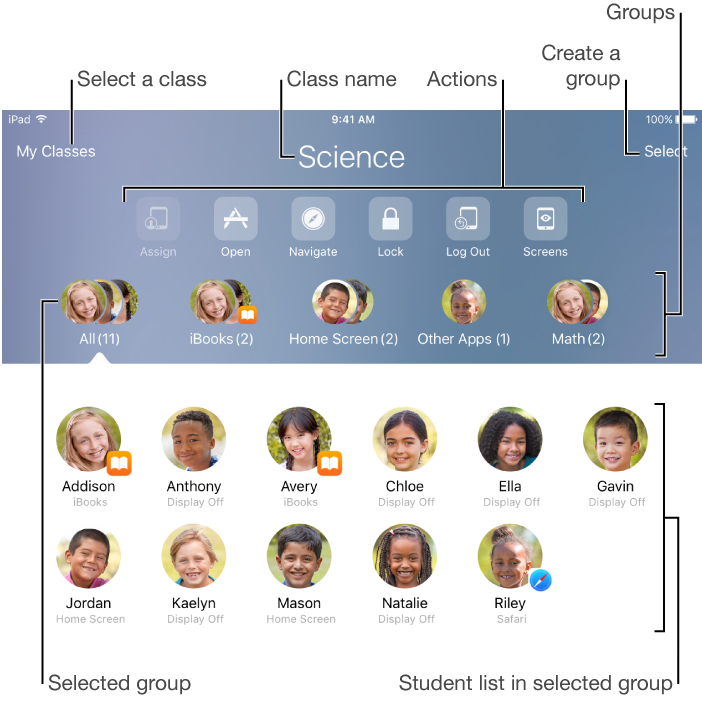
As Google Steps aside in school Apple steps forward with new Classroom App.
Unlike the academic publishing world that banked on schools as the primary source of income, tech behemoths like Apple and Google see it as only a small part of their overall business and so as these firms realign their corporate strategies they are creating uncertainty in the classroom.
For a couple of years Google Play for Education carved out a niche for itself as the more affordable tablet solution for schools. They offered a variety of cheaper computers for the classroom compared to imperious Apple. They developed a payment system that worked with the anachronistic purchase order system still central to school buying.
They even seemed to be offering a solution to the findability dilemma by having their Google Play for Education apps vetted through some less-than-transparent process that was supposed to help separate the wheat from the chaff.
The senior Google product manager on the effort went so far as to tell us, “This is an ecosystem, platform bet for us. Google got to be Google and Android got to be Android by empowering an ecosystem that encouraged innovative content creators and innovative users and bringing them together. This is what we are after in Education.”
Then last month they pulled the plug.
Well, they kept the system they had built running but announced they would not continue the partner licensing agreement with tablets built for schools. And in an instant Google went from potential edtech savior to offering schools something akin to offering Google Plus for your social networking needs. It still exists but is clearly no longer a priority.
In a statement to CRN, Google said, “We’re committed to providing schools with the best-in-class tools for the classroom, including Chromebooks, which are the #1 selling device in US K-12 education, and a strong and growing ecosystem of educational apps. We’ll continue to support our Google Play for Education customers and the devices that they have purchased.”
Google ended its new licensing agreement on March 14 and almost on cue a week later Apple, long a stable of the classroom, re-entered the game, launching its new app Classroom to improve the usability of the still-pricey iPads in school.
In its description for the new app, Apple stressed the idea that it aimed to provide teachers with various amounts of control over student use and a consistent way to save and access data about student work, writing, “You can guide the students’ experience with their iPad, helping them open an app, view a webpage or iBook, and more. The students can focus on exactly what you want. When class is over, students log out and their data is saved in the cloud, so students can log in to any iPad in the group the following day, and quickly have access to their information.”
This comes after Apple watched its share of the tablet market in schools shrink in the face of intense competition from Google. But now with Google stepping back from the classroom and Apple adding new middleware to aid teachers’ use of their still-popular iPad, the edtech market may be ripe for some Apple picking.
